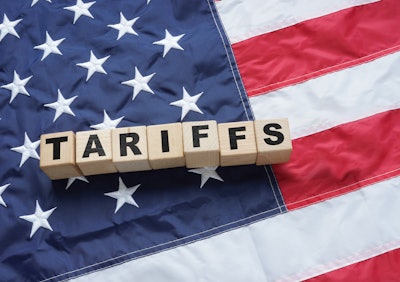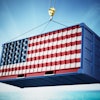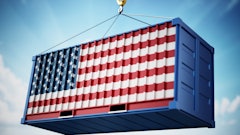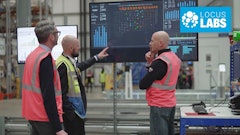
Global research from Enable reveals that tariff volatility has become a critical threat to business profitability, with 76% of companies already experiencing profit losses due to tariff impacts.
In fact, 91% of businesses are concerned about tariff impacts over the next 12 months, with one-third (33%) “extremely concerned.” With 34% of the average business’ cost base exposed to tariffs, this anxiety reflects a significant risk to profits.
"With costs shifting unpredictably and 93% of businesses admitting their current pricing responsiveness risks further profit loss, pricing agility has become an essential survival skill,” says Andrew Butt, founder and CEO of Enable. “The lag between tariff updates and implementing price changes creates a window where competitors with faster pricing capabilities can capture significant market advantage.”
Key takeaways:
· While 84% of companies plan to increase prices to offset tariff impacts, 59% admit it takes weeks or months to implement price changes.
· Beyond raising prices as their primary response to tariff pressures, 52% will reduce costs elsewhere, and 46% are considering scaling back or withdrawing from high-tariff markets entirely. Despite 96% viewing pricing as a strategic lever, 26% lack confidence in their organization's pricing strategy.
· Meanwhile, customer relationships add another layer of complexity, with 85% fearing customer sensitivity to tariff-related price changes and 94% of businesses concerned about negatively impacting relationships due to pricing changes.
· The research reveals that traditional pricing approaches are inadequate for today's volatile trade landscape. Recognition of these limitations is driving significant investment in pricing capabilities, with the study identifying systems limitations as the second biggest barrier to pricing agility after customer pushback. 80% of businesses expect to invest in new pricing tools within the next 12 months, while 79% have already reviewed or updated their pricing processes due to market volatility.
“As trade tensions show no signs of abating, the research highlights that building pricing resilience has become an urgent strategic priority. Organizations that can rapidly assess tariff impacts, model response scenarios, and execute changes will be best positioned to protect margins and establish a competitive market advantage,” adds Butt.




















